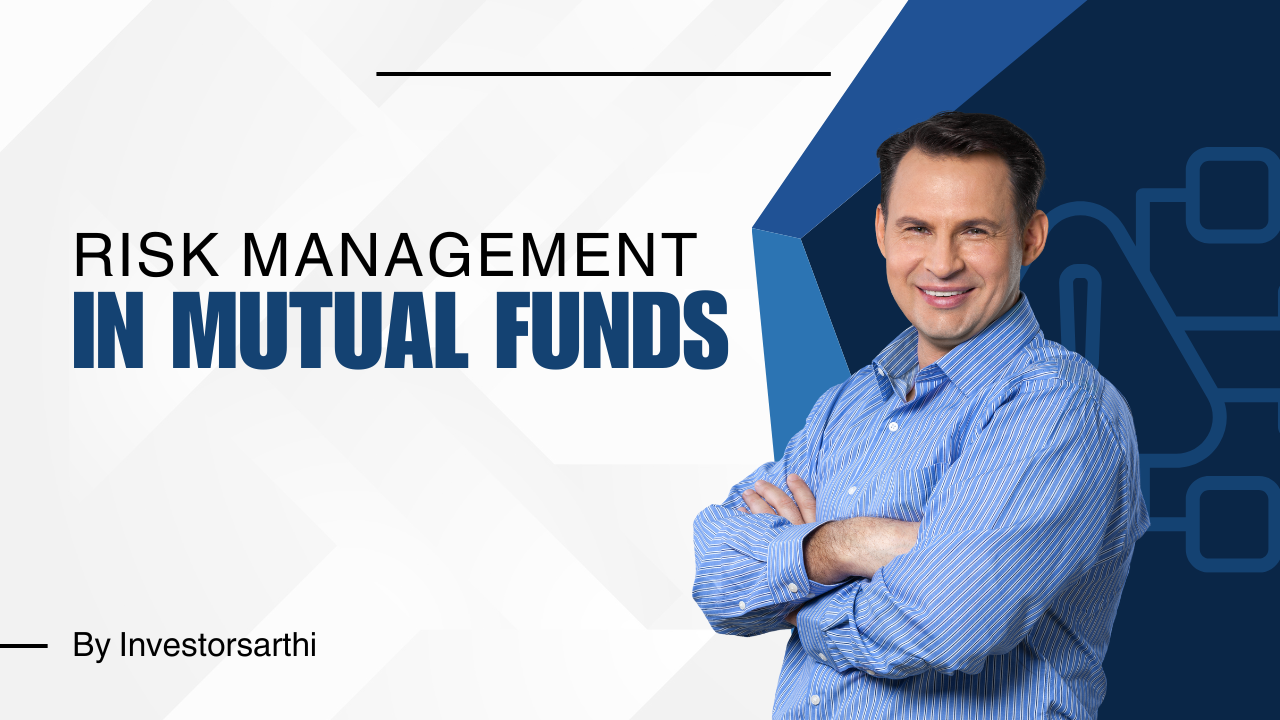Risk Management in Mutual Funds
Risk Management in Mutual Funds
Mutual funds offer multiple benefits, but we need to understand and manage the risks that come with them. Let's look at how we can make our mutual fund investments safer through proper risk management.
Types of Risks Involved
Our mutual fund investments face several risks that can affect our returns. Here are the most important ones:
- Market Risk: Our investments can fluctuate due to various factors like economic conditions, political changes, or natural disasters
- Credit Risk: This happens when bond issuers in our fund's portfolio fail to meet their commitments
- Liquidity Risk: We might find it hard to sell our investments without losses, especially in funds with lock-in periods
- Interest Rate Risk: Interest rate changes can affect our debt fund investments more than equity funds
- Concentration Risk: Putting too much money in one sector or investment type can increase our risk exposure
How Funds Minimize Risks
The good news is that mutual funds use several strategies to protect our investments:
- Diversification Strategy: Funds spread investments across:
- Different sectors to lower industry-specific risks
- Market caps of all sizes (large, mid, and small-cap)
- Multiple asset classes with low correlation
- Systematic Investment Plans (SIP): SIPs help us by:
- Breaking down investments into small regular amounts instead of lump sums
- Using rupee cost averaging to get more units when markets are low
- Reducing market timing impact
- Our risk appetite
- Investment goals
- Market conditions
- Portfolio Balancing: Funds maintain a mix of equity and debt based on:
Risk Assessment Tools
Fund managers use several metrics to measure and manage risk. Here are the tools we should know about:
- Alpha: Shows how much a fund performs better than its benchmark index. Higher alpha means better risk-adjusted returns
- Beta: Measures our fund's volatility against the market:
- Beta = 1: Moves exactly like the market
- Beta > 1: More volatile than the market
- Beta < 1: Less volatile than the market
- Standard Deviation: Shows how much our fund's returns might vary from expected returns. Lower standard deviation points to more stable returns
- Sharpe Ratio: This helpful metric tells us:
- Returns earned above the risk-free rate
- Extra return we get for additional volatility
- Higher ratios mean better risk-adjusted performance
Success in mutual fund investing depends on matching our investments with our risk tolerance. Higher risks might lead to higher rewards, but they don't guarantee returns. Understanding these risks and using the right assessment tools helps us build a portfolio that fits our comfort level and financial goals.






